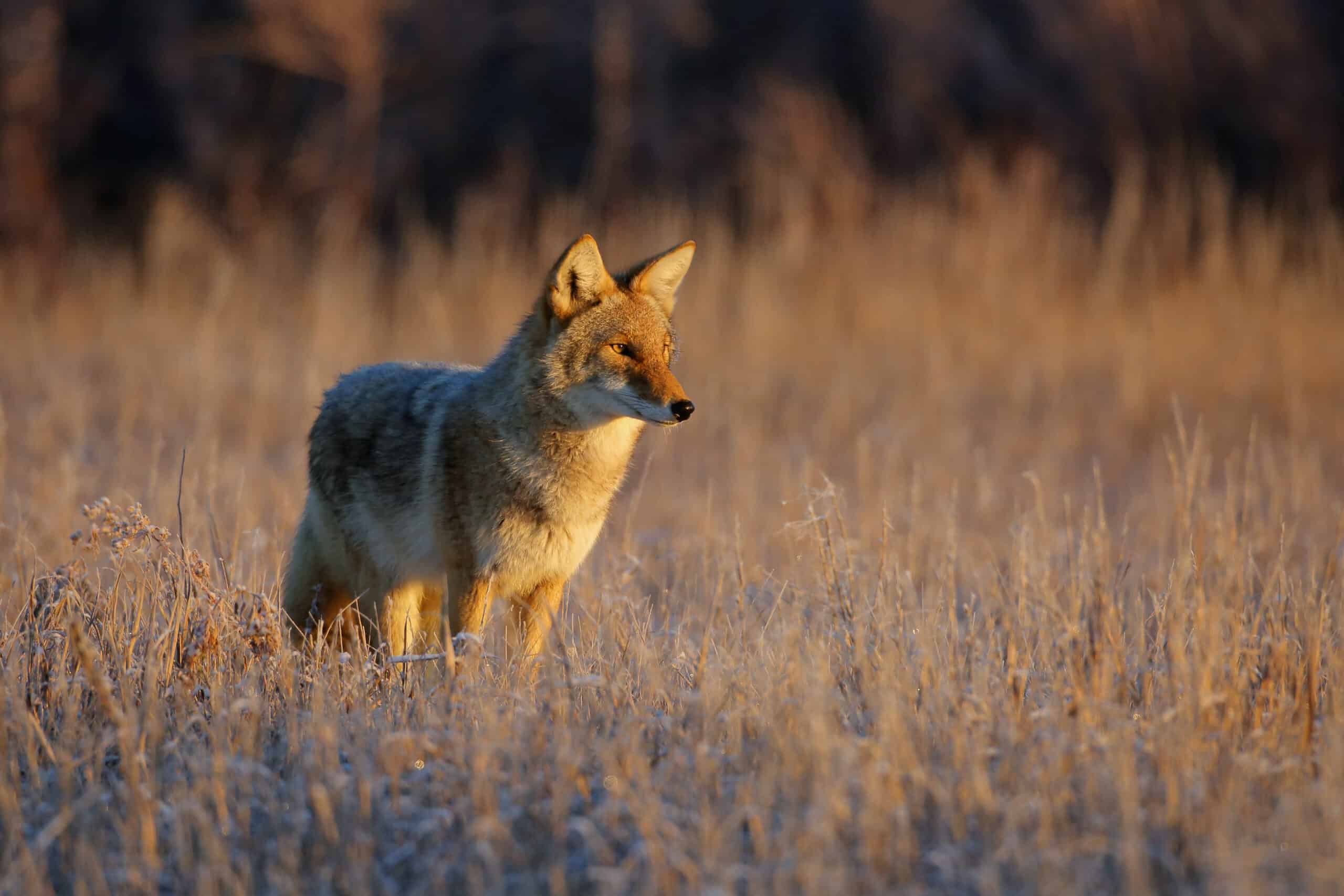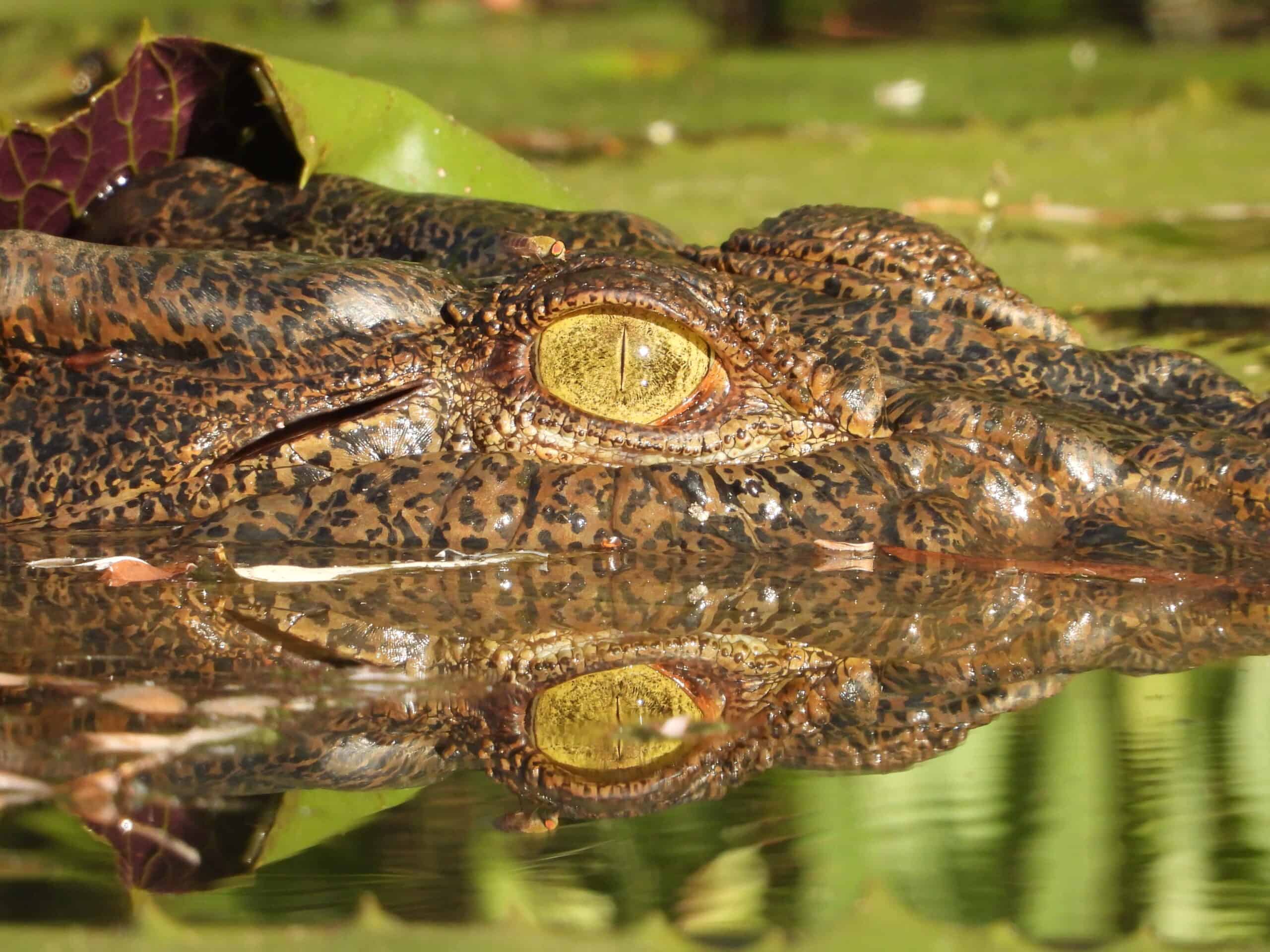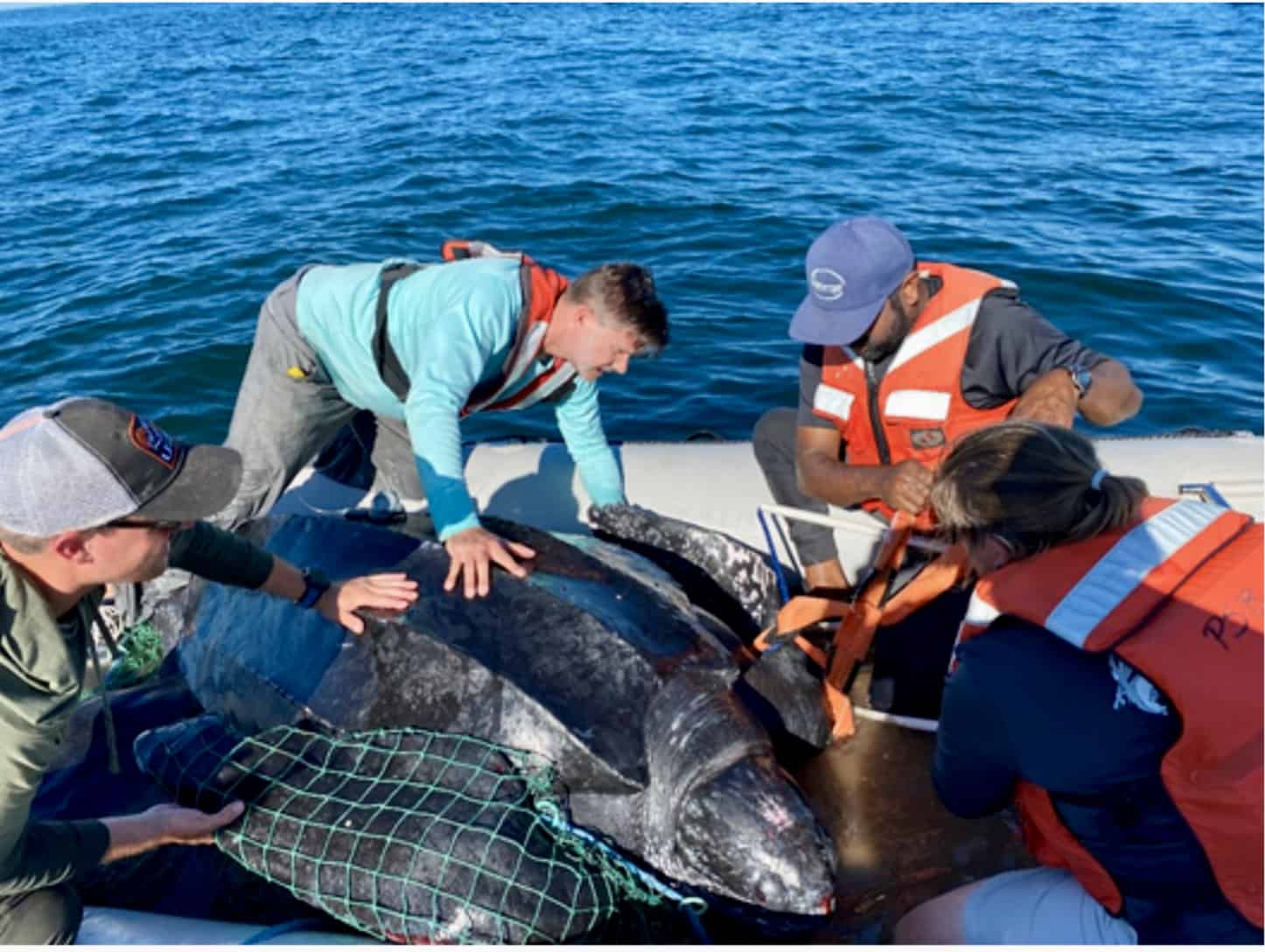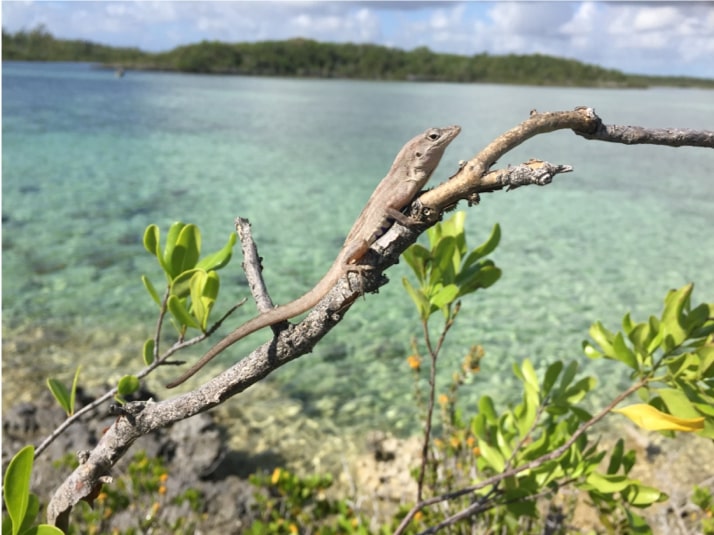Share this article
Wildlife Featured in this article
- coyote
Predator exclusion cages aren’t a trap for sea turtles
Researchers worried the cages would show coyotes where to prey on sea turtles
Sea turtle nests have long experienced predation from coyotes and numerous other predators, adding to the extensive list of conservation challenges these species face. Predator Exclusion Cages (PECs) on top of active nests have been used to prevent coyotes from preying on sea turtle eggs and hatchlings. Typically, a coyote preys on a nest by digging around cages or reaching hatchlings through the screens.
But are PECs serving as visual indicators for coyotes to find and dig up nests? New research says they are not.
“It gives us confidence that the materials we are putting out there on the beach are not actually making things worse,” said Beth Darrow, chief scientist at Bald Head Island Conservancy and an author of the study. “Whenever we interfere with natural processes, we want our efforts to have the intended effects.”
At two sites off the coast of North Carolina on Bald Head Island, researchers deployed two kinds of PECs—a flat screen directly on the sand and a plastic cage that protrudes approximately six inches above the sand. The researchers positioned camera traps to detect interactions between coyotes and the PECs.

The team did not include any olfactory cues like scents or bait. Additionally, the deployed PECs were not on actual sea turtle nests. This was to test if PECs alone were enough to draw coyotes to them. “Removing the actual food product that they are already trained on from previous summers was important to verify what is drawing them in,” said Rachael Urbanek, a professor at the University of North Carolina Wilmington and Certified Wildlife Biologist. “The same goes for smells,” Urbanek is another author of the study.
At the first site, coyotes appeared disinterested in the PECs 64% of the time and simply stood near one for 22% of the time, not digging or interacting with them. At the second site, coyotes were completely disinterested 76% of the time and merely standing near a PEC for 17% of the time. There was also no statistical significance indicating that coyotes interacted with one of the PEC designs more than the other.
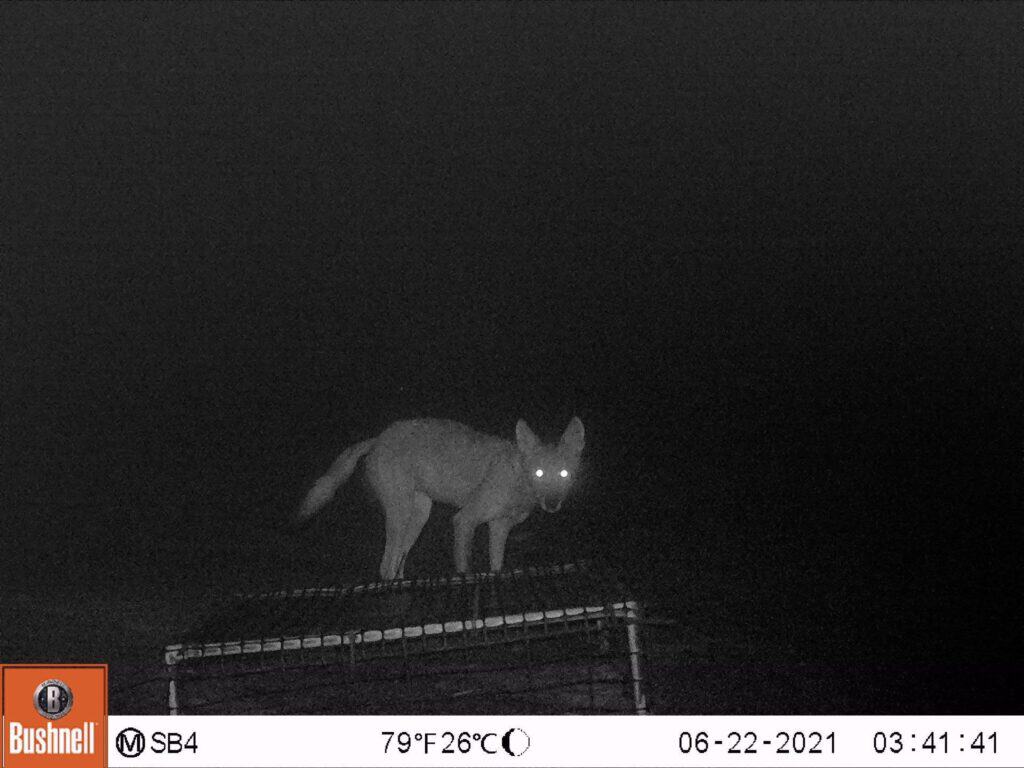
The researchers said the results of this study give wildlife managers more flexibility in picking PEC designs where coyotes are the dominant predator. “There are pros and cons to both PEC designs, and with the coyotes not showing visual cues to either one of them, it provides a lot of flexibility for managers based on their budget, time, and people power,” Urbanek said.
Header Image: A coyote at sunset. Credit: Peter Eades/USFWS



